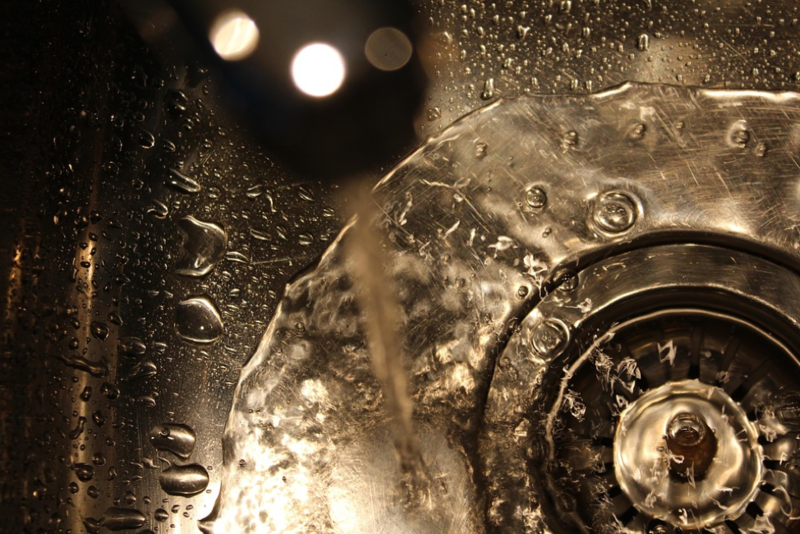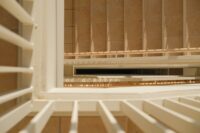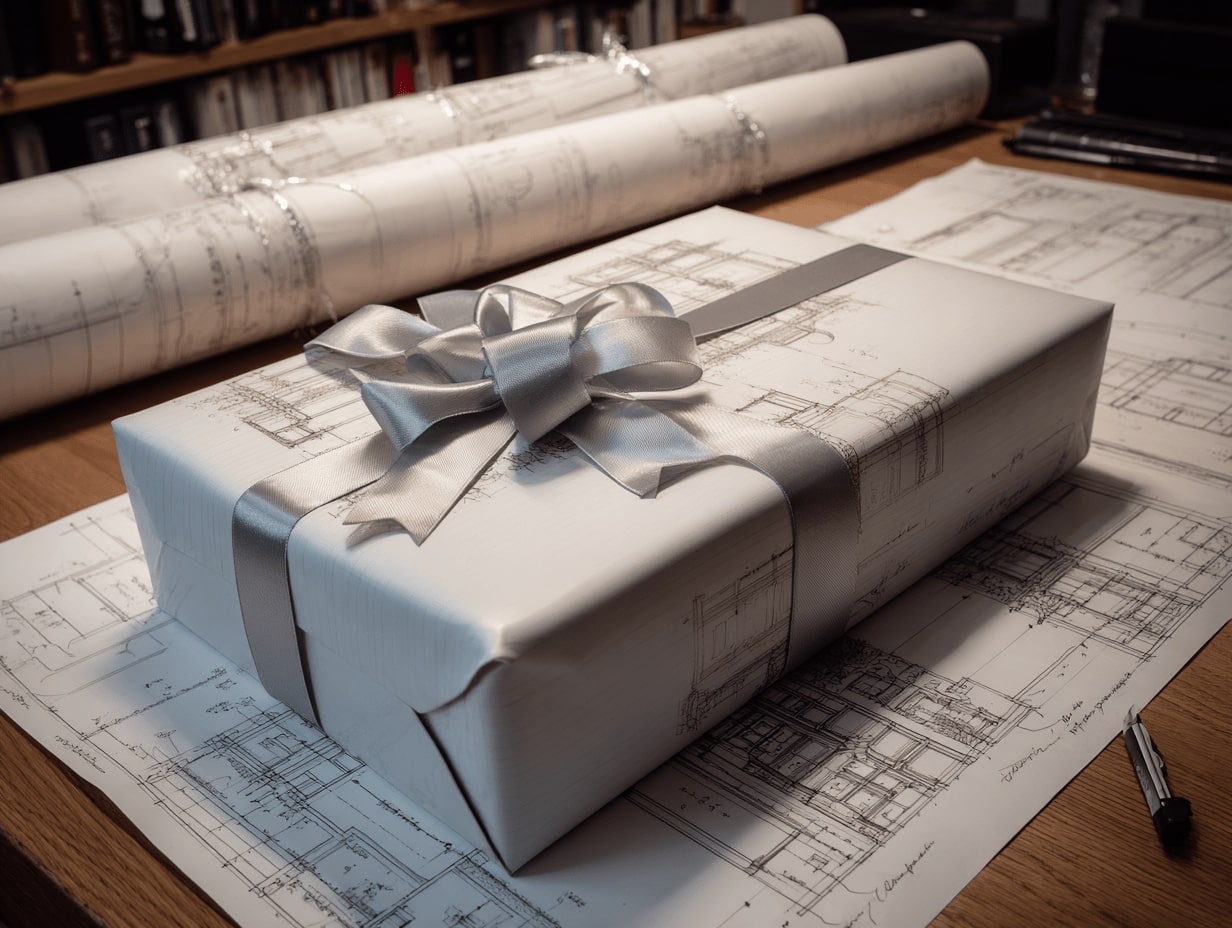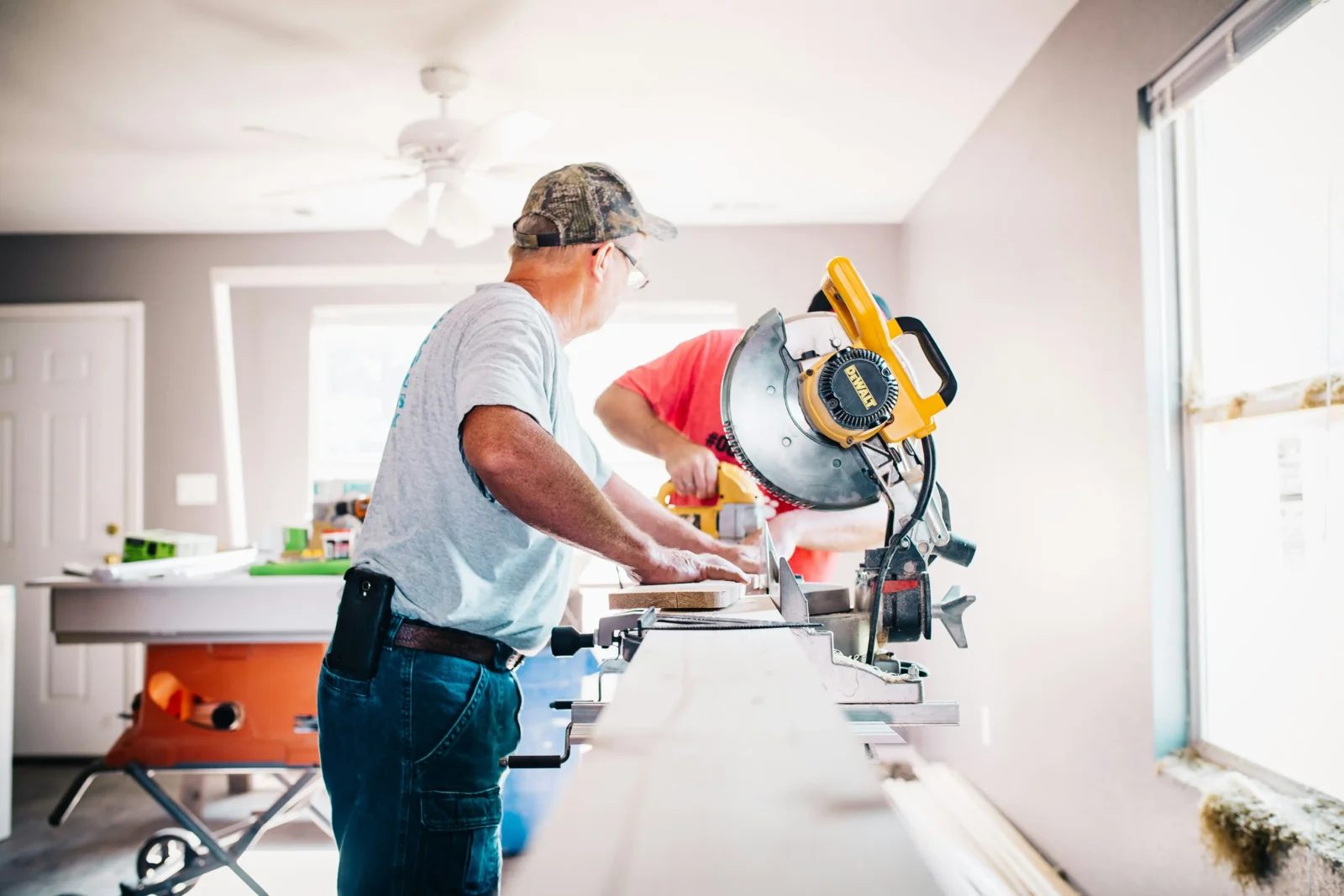- Home
- Articles
- Architectural Portfolio
- Architectral Presentation
- Inspirational Stories
- Architecture News
- Visualization
- BIM Industry
- Facade Design
- Parametric Design
- Career
- Landscape Architecture
- Construction
- Artificial Intelligence
- Sketching
- Design Softwares
- Diagrams
- Writing
- Architectural Tips
- Sustainability
- Courses
- Concept
- Technology
- History & Heritage
- Future of Architecture
- Guides & How-To
- Art & Culture
- Projects
- Interior Design
- Competitions
- Jobs
- Store
- Tools
- More
- Home
- Articles
- Architectural Portfolio
- Architectral Presentation
- Inspirational Stories
- Architecture News
- Visualization
- BIM Industry
- Facade Design
- Parametric Design
- Career
- Landscape Architecture
- Construction
- Artificial Intelligence
- Sketching
- Design Softwares
- Diagrams
- Writing
- Architectural Tips
- Sustainability
- Courses
- Concept
- Technology
- History & Heritage
- Future of Architecture
- Guides & How-To
- Art & Culture
- Projects
- Interior Design
- Competitions
- Jobs
- Store
- Tools
- More
What Slow Drains Might Be Telling You About Your Home

The sight of water pooling around your ankles while showering can send anyone into a panic. Slow drains disrupt daily routines and signal deeper issues in your plumbing system that require attention.
Homeowners often underestimate the implications of a slow drain, thinking it’s merely a nuisance. However, understanding what these sluggish flows may indicate can help in maintaining the longevity and efficiency of your home’s plumbing.
Table of Contents
ToggleCommon Causes of Slow Drains
Several factors could lead to slow drains in a home. One of the most common culprits is a buildup of hair, soap scum, and debris that collects in pipes. This accumulation narrows the water pathway, thereby affecting the flow.
In kitchens, grease from cooking often solidifies in pipes, leading to significant clogging. Food particles can contribute to blockages that slow drainage. This buildup doesn’t happen overnight, it typically forms gradually, allowing homeowners to overlook the problem until it’s serious. Another cause could be tree roots invading underground plumbing.

As trees grow, their roots can encroach upon sewer lines, causing blockages. Even the smallest cracks in old pipes can let roots in, growing them into formidable barriers that impact water flow. Poor drainage could signal issues with the design of plumbing systems, particularly in older homes where original layouts may not account for the increased use of water fixtures.
Keeping an eye on household habits can be advantageous. Simple changes, like using drain screens and regularly cleaning out plumbing fixtures, can help mitigate issues before they escalate.
Signs of Serious Drain Problems
When slow drains become a routine annoyance, it’s important to stay vigilant for other signs that indicate serious issues. Unpleasant odors can serve as a warning sign. If your home starts to smell foul, stagnant water in pipes may be the culprit.
This water can foster bacteria and mold growth, contributing to a poor indoor environment. Gurgling sounds from drains or toilets can indicate that air is trapped within your plumbing system, further suggesting a blockage somewhere in the pipes.
If you observe any of these signs, it’s wise to consult professionals promptly. The team behind Revelation Plumbing says that taking early action can save homeowners significant costs down the line and preserve the health of their plumbing system. Ignoring these red flags can lead to more severe damage, including burst pipes or water backing up into living spaces.
Routine maintenance and periodic inspections can help detect issues before they escalate. Homeowners should avoid using harsh chemical cleaners, as they can corrode pipes. Instead, scheduling a professional inspection ensures that problems are handled safely and efficiently.
Impact of Clogged Drains on Your Home
The effects of clogged drains extend beyond inconvenience. Relying on slow drainage can lead to more severe problems, such as water damage. Water that cannot flow smoothly can back up into sinks, tubs, or even floor drains, leading to potential flooding.
This water can bring contaminants through your home if left unchecked, posing a significant health risk. In the long term, persistent drain issues may cause structural damage. Constant leaks can undermine the integrity of your home’s foundation or walls.
Some homeowners might notice damp spots or warping in various areas, which may require expensive repairs. Moreover, slow-draining fixtures can increase your water bills due to inefficient water use. Even more troubling, significant plumbing problems may arise, leading to costly repairs and the potential need for entire sections of pipes to be replaced.
How to Address Slow Drains
Proactive measures can go a long way in preventing slow drains. One simple step is to regularly use a mixture of vinegar and baking soda to clean your drains. This natural solution can help dissolve minor clogs and buildup without the harsh effects of chemical drain cleaners, which can lead to further issues in pipes.

For more significant clogs, a plunger can be an effective tool. When using a plunger, ensure there is enough water in the fixture to create a seal while applying pressure. In some cases, homeowners can think about a plumbing snake, which allows them to reach deeper blockages.
Long-Term Maintenance Tips
To keep drains functioning properly and prevent slow drainage, practice regular maintenance. As a rule of thumb, aim to conduct inspections at least once a year. Check for visible signs of leaks under sinks and around toilets, as these may indicate small problems that could grow worse. It’s wise to check your home’s exterior drainage systems, including gutter downspouts and drain tiles.
Ensure the water flows away from your home’s foundation to prevent soil erosion and water pooling. Regularly clearing gutters can prevent issues that affect your plumbing system. Educating family members about proper disposal practices can help.
Encourage everyone to avoid flushing foreign objects down toilets or pouring grease down the sink. Being mindful of what goes down drains can make a noticeable difference in plumbing efficiency.
Nurturing your home’s plumbing requires vigilance, and understanding slow drains paints a broader picture of your entire system’s health. By investigating their causes and effects, homeowners empower themselves to take proactive steps that safeguard their homes. Acting on issues promptly can lead to smoother drainage, reduced repair costs, and a healthier living environment.
illustrarch is your daily dose of architecture. Leading community designed for all lovers of illustration and #drawing.
Submit your architectural projects
Follow these steps for submission your project. Submission FormLatest Posts
Gift Ideas for Architects and Designers: Useful, Beautiful Picks They’ll Actually Love
Gift ideas for architects and designers: curated, use-in-studio picks by budget and...
How to Use the Golden Ratio for a Balanced Kitchen Remodel
Have you ever seen a kitchen and it just looked right to...
Tips for Creating a Welcoming Home
A welcoming home creates comfort, warmth, and ease from the moment someone...
The Ultimate Home Maintenance Checklist for Every Season
Keeping your home in good condition throughout the year is much easier...











Leave a comment